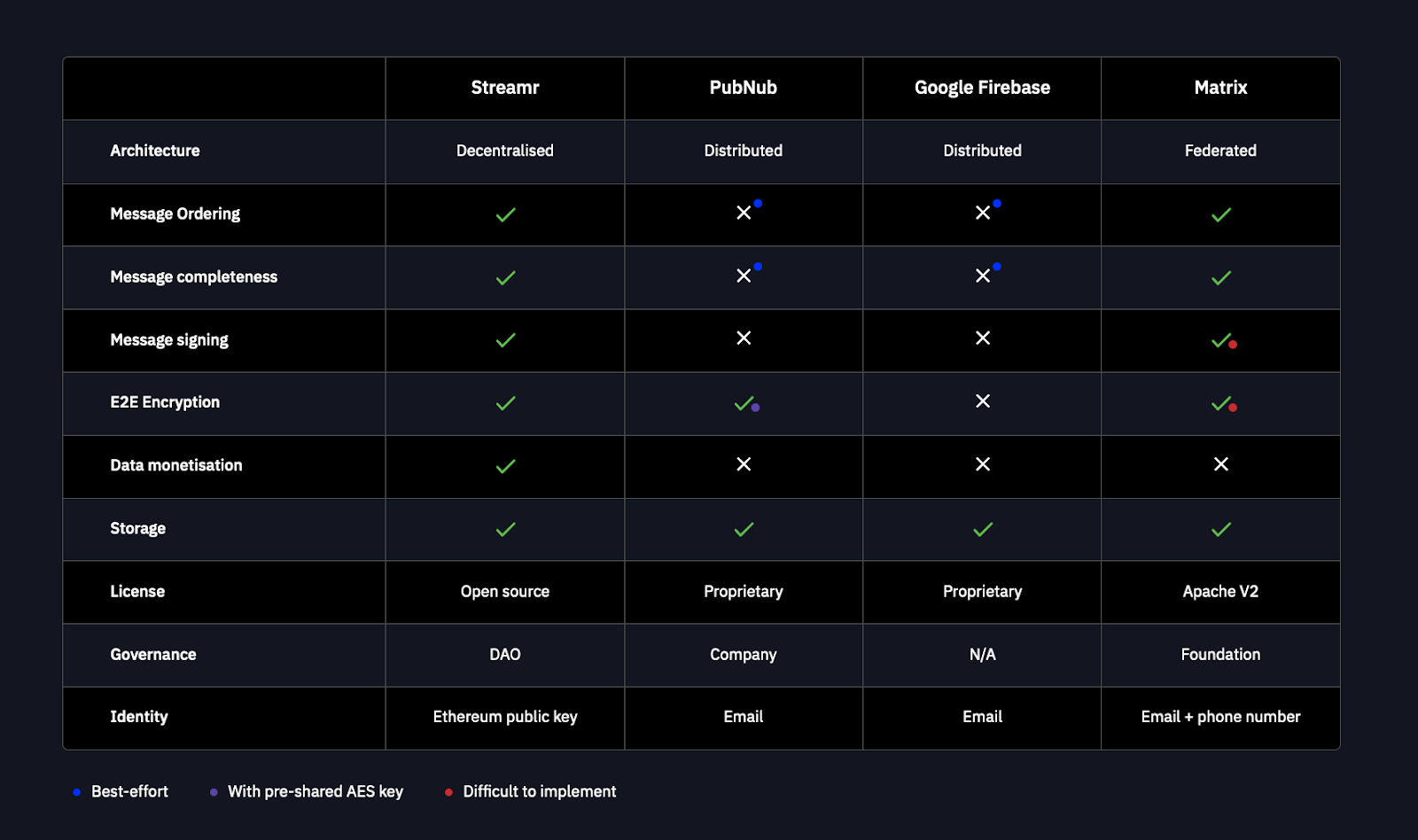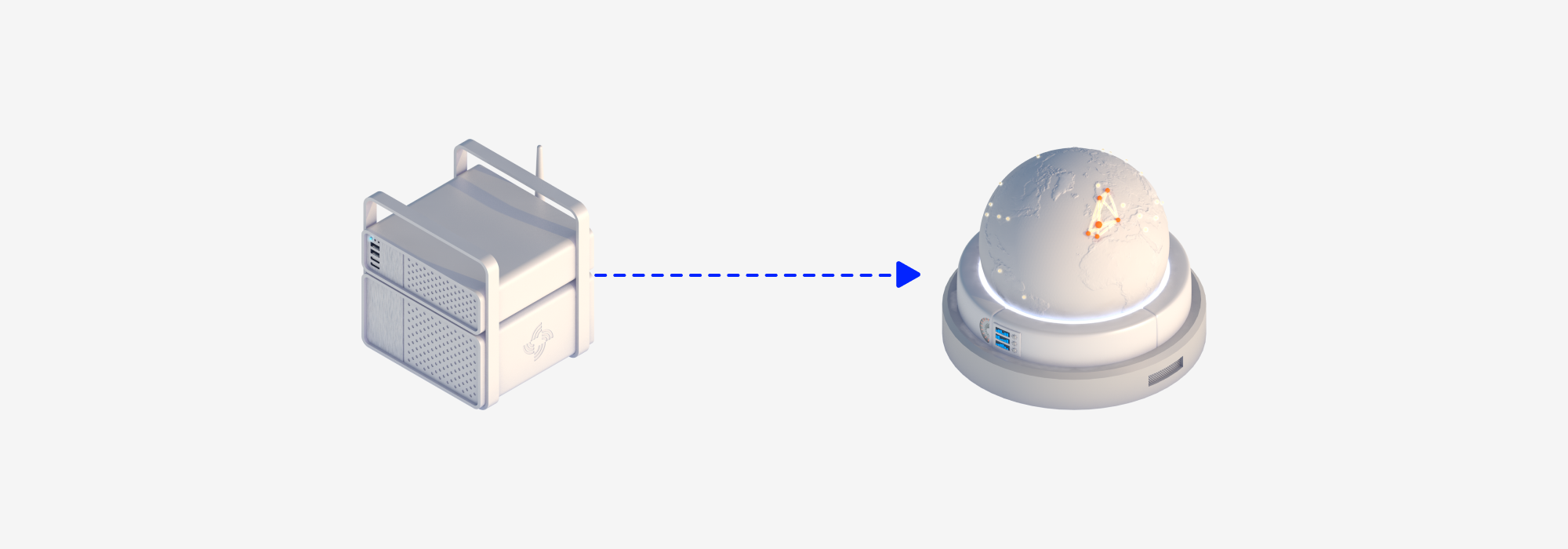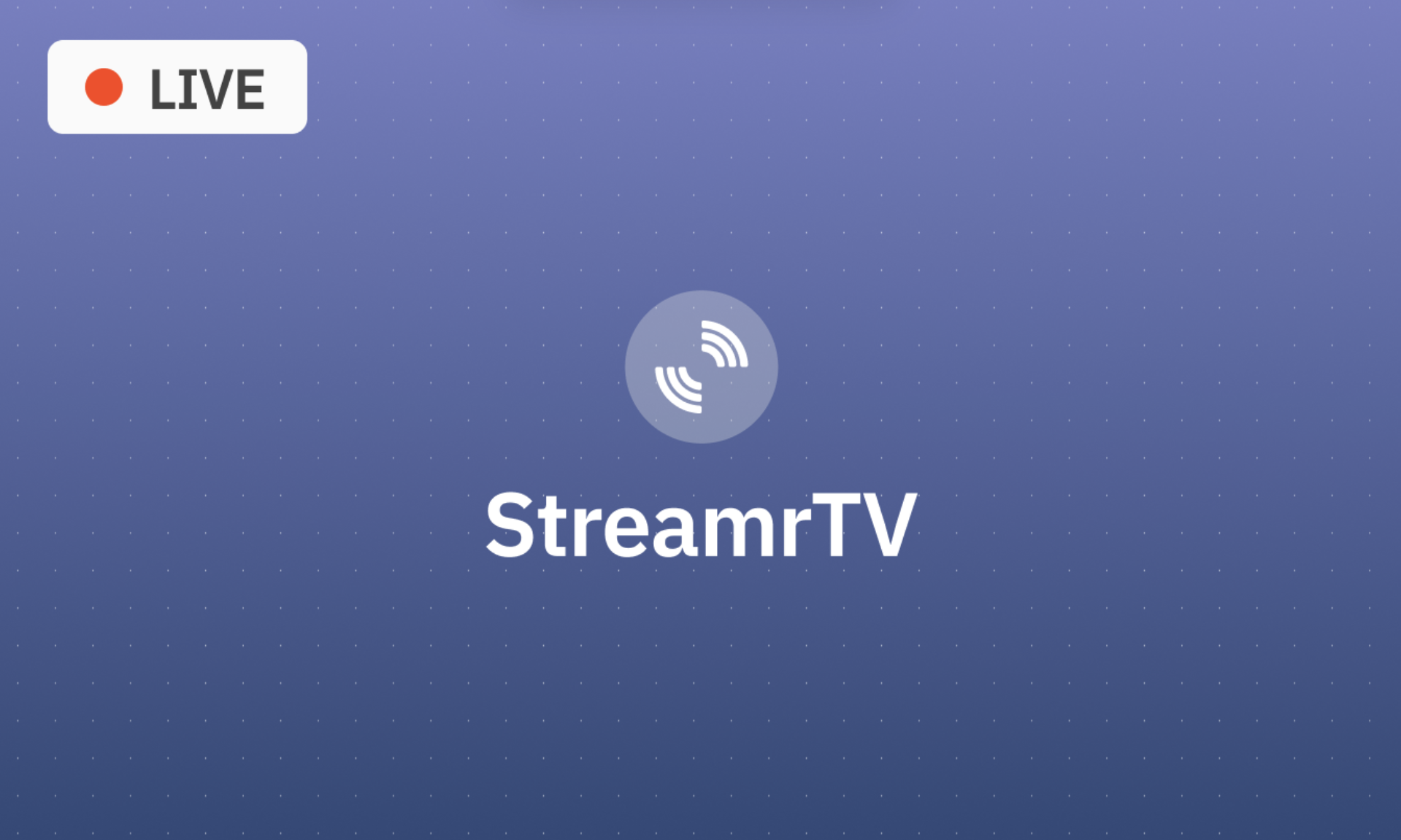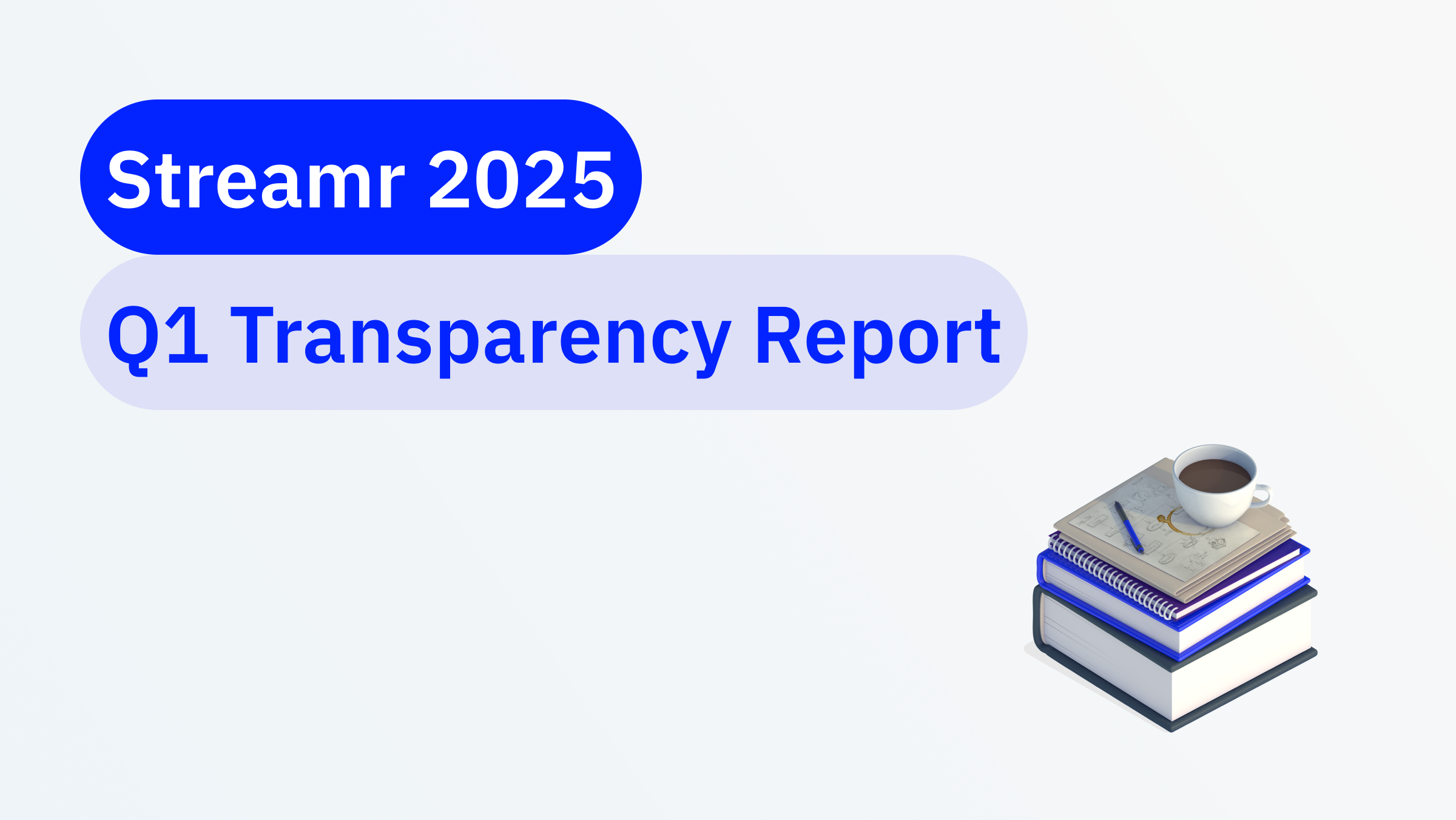This month, Streamr reached what Co-Founder Henri Pihkala describes as: “the most significant milestone on the whole roadmap”, with the move from the Corea network to Brubeck. Let’s take a closer look at four reasons why Brubeck is so significant for Web3.
Table of Contents
1. Decentralized
The entire premise of the Streamr Network is that it is a permissionless protocol. Essentially, a building block for decentralized applications—a message transport ‘middleware’, enabling any number of parties to distribute or exchange information without relying on a central server to broker data. On our previous Corea build of the mainnet, the Streamr team controlled all the nodes in the Network.
This all changed with Brubeck: now anyone, almost anywhere in the world, can connect, run a node, stake and earn DATA tokens for powering the network with their devices’ bandwidth. Reliance on the Streamr team is no more—It’s now for, by and because of the community.
For builders, especially Web3 builders, knowing your data can flow from sender to receiver—without the possibility of a third party accessing or restricting the data—is an attractive promise and a powerful tool that removes a key point of failure in centralized networks.

2. Accessible
In the Corea network, developers could use only JavaScript or Java client libraries to interact with the network, which limited its integration possibilities. In Brubeck, developers can interact with the Streamr Network using their own Streamr Broker Node, which ships with plugins to interface with widely-used protocols such as HTTP, Websocket, and MQTT.
Publishing and subscribing to data from practically all programming languages is unlocked by this new Broker interface pattern.
3. Secure
End-to-end encryption was always possible in Corea, but it was not essential, as access to data streams was guarded by rules in the previously centralized nodes—so, not many used it. In Brubeck, it is possible for any node to access any stream, so end-to-end encryption becomes a must to ensure sensitive data is protected.
Access to streams are now also implemented as smart contracts on the Polygon blockchain. This brings its own benefits to security, decentralization, and also makes stream access control seamless with other smart contracts. (There’ll be a follow-up blog dedicated to the new on-chain stream registry).
Combined with the decentralized node architecture, these changes add a new layer of security to the Network.
4. Scalable
Another new feature with Brubeck are what we call Light Nodes. These light nodes allow applications using the Network to become nodes themselves, and help to propagate messages to their peers. This improves the Network’s scalability and decentralization, since every application user becomes a Streamr Node, and builders don’t need to host Streamr nodes separately.
A demonstration of this is being developed in partnership with e-scooter and mobility startup, Pave Motors.
Each Pave bike will run an instance of a Streamr Light Node to allow riders to relay data through Streamr to the pave app, and earn a yield for providing bandwidth to the network as nodes. Pave riders can also opt in to a Data Union, with revenue shared between contributors.
These changes lay the groundwork for the final milestone on the Streamr roadmap, Tatum, which brings the full tokenomics to the Network.
If you’d like to learn more about Brubeck, running a node, or building with Streamr, then join the discussion in Discord and follow us on Twitter for updates.










